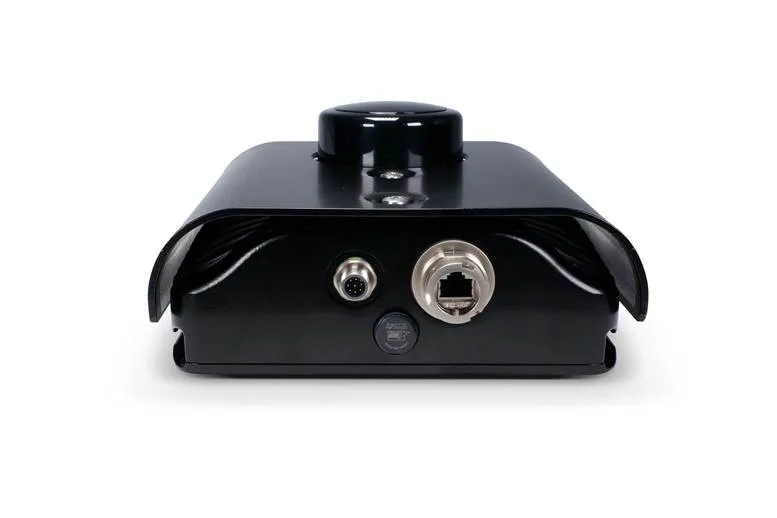
The familiar sight awaits visitors to
Furthermore, because the screens use LED light sources, the energy consumption and heat production are very low and maintenance is ‘virtually eliminated’. That, along with a front access arrangement, mean the screens can be mounted directly against a wall, maximising the available space in control rooms.
The screens are available in four resolutions from XGA through full HD to the ultra-high definition WUXGA (1920x1200).
According to product marketing manager Ron Schouwenburg, the screens are around twice the price of their traditional counterparts but their longevity in constant use, lack of maintenance and low energy consumption make them cost-effective in the longer term.









